Pure Black Gold: A Love Song to Compost
Making this important soil amendment can be a smelly, dirty and all together gross process, but only when it’s out of balance. Healthy compost plies, in fact, don’t smell much at all. The microbes who break down the compost into soil need a balanced diet, just like the rest of us. You gotta work with it. If it starts getting smelly, there’s probably too much nitrogen-rich material (like kitchen scraps). But it’s an easy fix: all you gotta to is add some carbon-rich material (like dried leaves). If there’s too many insects, it probably just needs to be mixed a little better. If it’s taking too long to break down, it might benefit from a little more moisture. With attention and care, the transformational process of turning “what has been” into “what will become” doesn’t have to be gross. But, if it is, there’s always a way to correct it.
At the Vallejo People’s Garden, Ravi Shankar has been the head composter for 14 years. Trained as a “master composter,” I’ve never met anyone more enthusiastic about roly polies, worms, and microbes! Every week Ravi spends a few hours tending the compost, and he’s all in, literally! In his 60s, he jumps right into the compost bin as he uses his pitch fork to mix and turn it all up. He assesses what it needs to be balanced by gathering materials from the garden and by organizing the larger community’s contributions (such as shredded paper from a local office, coffee grounds from a local coffee shop, grass clippings from the neighborhood lawns, and even some folks’ kitchen scraps.) He absolutely loves it and swears that the work he does with the compost is the secret to what’s keeping him so fit, and so happy.
But he’s not the only one that benefits from his compost magic: the garden loves it! In fact, the compost is one of the Vallejo People’s Garden’s main tricks to growing so much good food for their community. It’s such magical stuff they sell this “Black Gold” to other gardeners.
It’s a reassuring metaphor for me as someone who’s going through my own personal transformation. In our rapidly changing world, it seems like every day I’m realizing parts of my life that aren’t serving the same purpose that they were meant to anymore. But, to have such a joyful metaphor of composting helps me to remember that change can be a process that enlivens and enriches life. Ravi’s enthusiastic leadership helps me to jump right into the transformational process where stinky and buggy doesn’t mean failure, it’s just a call to adjust. Everything that we’ve done in our lives (even the bits that we regret ) can serve a larger purpose when we embrace the messy process of change with the same vigor that Ravi takes to his beloved compost. No doubt change can hurt sometimes, but at least there’s hope in what can come of it.
May we all find the gifts in our discarded bits.
Follow the Vallejo People’s Garden on Instagram here and on Facebook here
This Wonderful World is the latest production from Alana’s greater work, called The Living Mirror Project, a creative practice that generates peace by seeing ourselves in everything.
Learn more about This Wonderful World here
Watch the whole series here
Sign up for Alana’s newsletter here
Contact Alana at thelivingmirrorproject@gmail.com if there are any service events that you think should be celebrated in this series, or for more info on booking a live musical show.


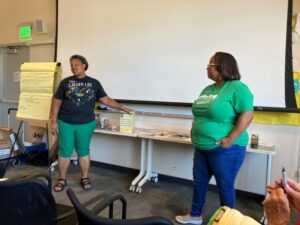 The presentation was incredibly informative. Lori’s warm, friendly and easy-going manner made the class that much more enjoyable. She taught using language that was easy to understand and a format that was easy to follow. Her handwritten outline on the flipchart in front of the class was available for everyone to see.
The presentation was incredibly informative. Lori’s warm, friendly and easy-going manner made the class that much more enjoyable. She taught using language that was easy to understand and a format that was easy to follow. Her handwritten outline on the flipchart in front of the class was available for everyone to see.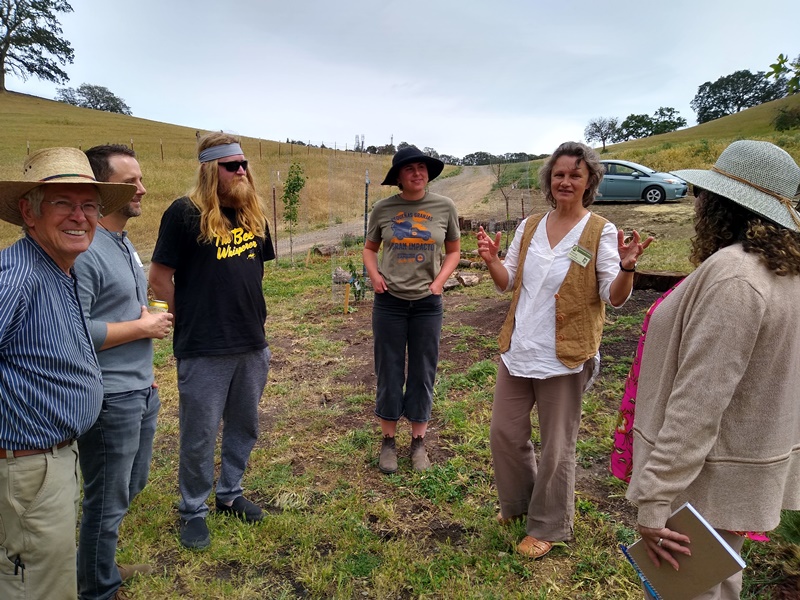
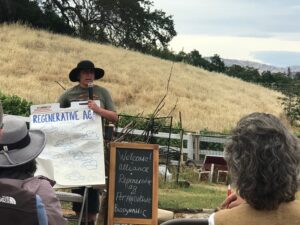 The crowd did its best to answer the question. Regenerative agriculture is ancestral traditions, self-sustaining, biodiversity, organic, no waste, healing, no till, place-based, nutrient-dense, abundant, soil-building, interdependence … the list had more than 25 suggestions.
The crowd did its best to answer the question. Regenerative agriculture is ancestral traditions, self-sustaining, biodiversity, organic, no waste, healing, no till, place-based, nutrient-dense, abundant, soil-building, interdependence … the list had more than 25 suggestions.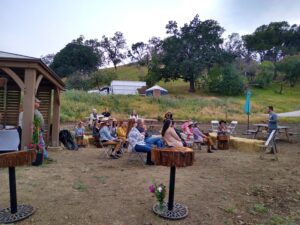 The event was held at the farm site of
The event was held at the farm site of 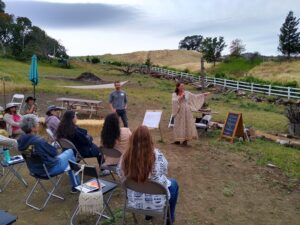 Property owner Shea McGuire said the hope is to instill stewardship in the Pleasant Valley School students, giving them an understanding that they are part of the ecosystem and to “keep the noise of the world out of childhood.” Elena and Shea signed the partnership agreement for the demonstration project at the beginning of the meeting. We invite you to join us for a
Property owner Shea McGuire said the hope is to instill stewardship in the Pleasant Valley School students, giving them an understanding that they are part of the ecosystem and to “keep the noise of the world out of childhood.” Elena and Shea signed the partnership agreement for the demonstration project at the beginning of the meeting. We invite you to join us for a 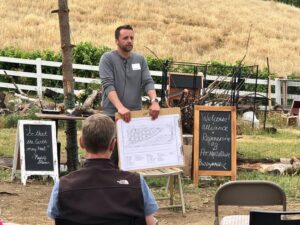
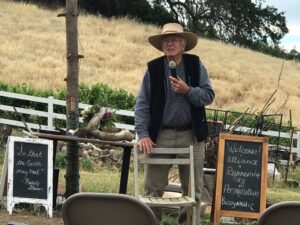 Harald Hoven, a retired biodynamic farmer who still
Harald Hoven, a retired biodynamic farmer who still 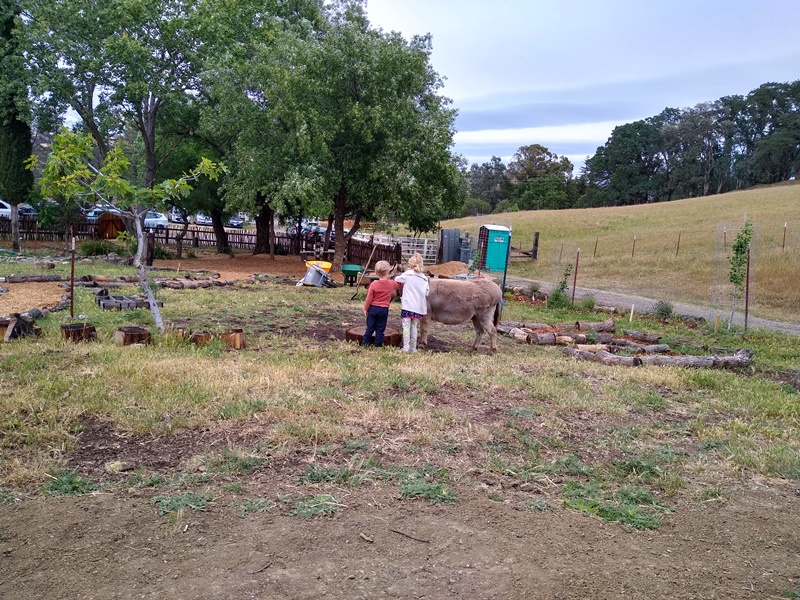
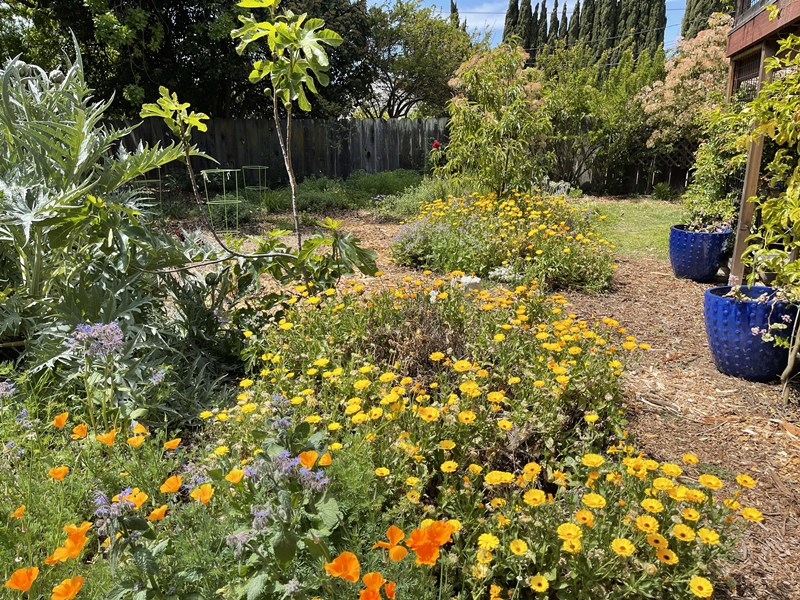

 Are there special worms to get? I heard there’s worm that are not earthworms.
Are there special worms to get? I heard there’s worm that are not earthworms. I have mushrooms growing on top of my compost pile
I have mushrooms growing on top of my compost pile